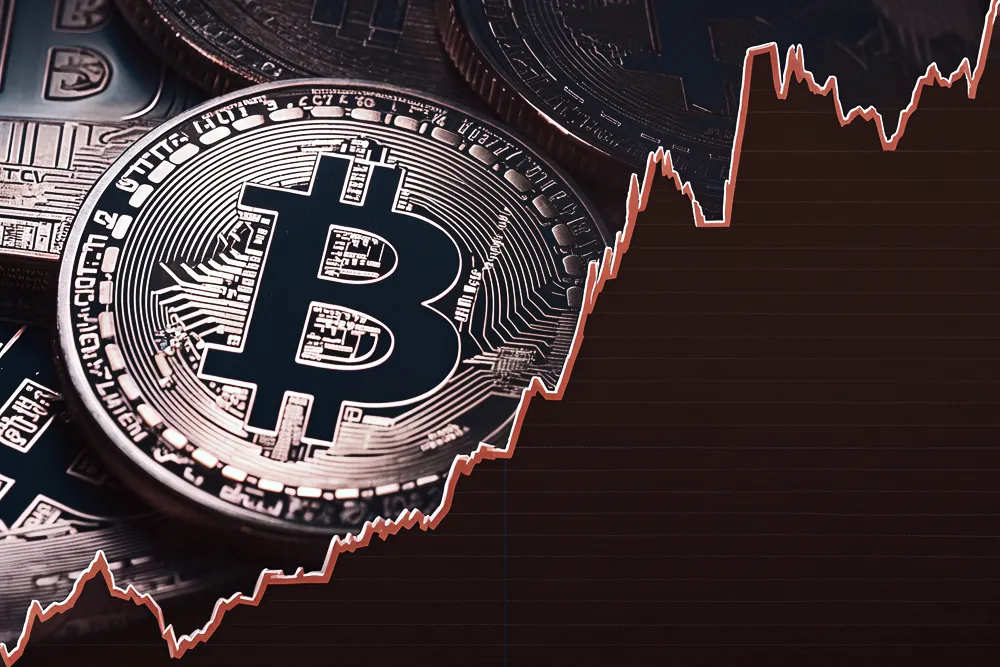Aside from the legendary story of 10,000 BTC being exchanged for two pizzas, few tales illustrate the immense value of cryptocurrency as vividly as the one about a hard drive containing 8,000 bitcoins mistakenly thrown into a dumpster.
This story of losing 8,000 bitcoins is retold every bull market, and this cycle is no exception. Over the 12 years from 2013 to today, the value of these 8,000 bitcoins has risen from $1.4 million to $1 billion, yet they remain buried in a garbage heap the size of 15 football fields.
The man who lost this fortune is named James Howells, an IT engineer from Newport, UK.
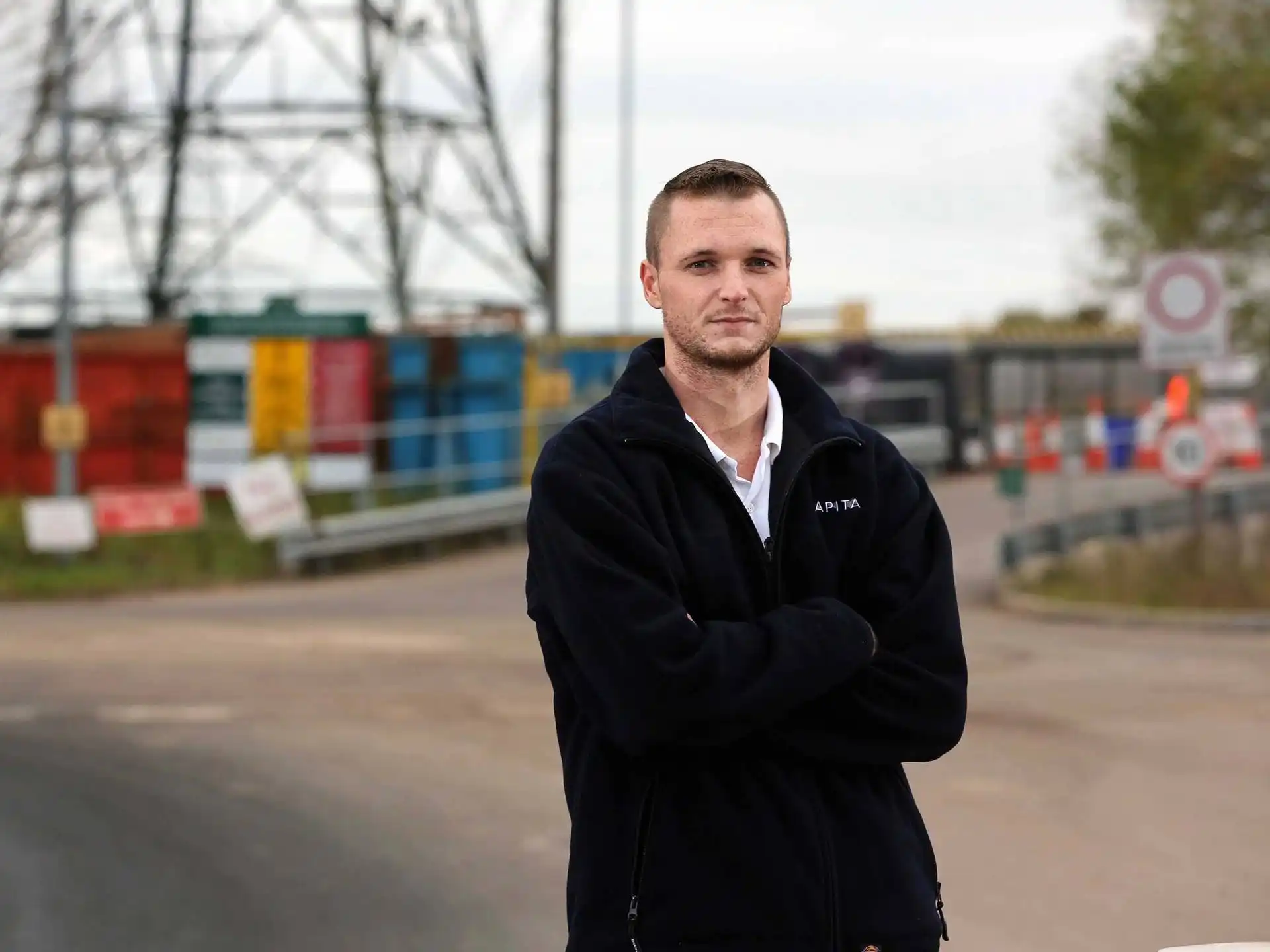
Recently, there have been rumors that he has given up searching, while others say he still holds onto hope. In fact, James has not only not given up but plans to tokenize the ownership of this BTC and launch a new token, with an ICO set to start later this year.
The Night the Hard Drive Was Thrown Away
In August 2013, James and his partner Hafina lived in a modest townhouse in Newport, Wales, a coastal town known for its coal and steel port.
They had two sons still in diapers, and while the house was often filled with laughter, taking care of the children was no easy task. James frequently worked from home, balancing his responsibilities as an engineer maintaining emergency response systems across Wales, ensuring that critical equipment like alarm lines and backup power sources functioned flawlessly, while also often having to soothe the children to sleep, which was understandably exhausting.
To relieve his fatigue, he planned a little vacation to relax completely, so he arranged to spend a few days at a nearby beach with friends, even naming the trip "Boys' Holiday." On the night before their departure, James began to tidy up the cluttered study.
"Vacation definitely involves drinking, but I don't want to deal with the mess after a hangover." It was this sudden thought that changed James's life.
Hafina walked in and began helping him pick up scattered engineering drawings, discarded network cables, and various electronic components. The sea breeze wafted in through the half-closed blinds, carrying a salty scent. As the night deepened, the children in the next room had fallen soundly asleep. James placed three or four bags filled with junk at the door, and after tidying up, the two lay down in bed, drowsy.
James hoped Hafina would take the trash out on her way to drop the kids off at daycare the next morning. But Hafina refused: "That's not my job; you can take it out yourself." Just before falling asleep, he suddenly remembered the hard drive.
Engineers have an almost instinctive sensitivity to data security: they know that hard drives often contain critical information like system configurations, logs, and private keys, and losing them can result in irretrievable data. Therefore, engineers do not casually throw away hard drives. So he mentally reminded himself to take that hard drive out.
But exhaustion quickly overwhelmed him, and he never got around to retrieving the hard drive.
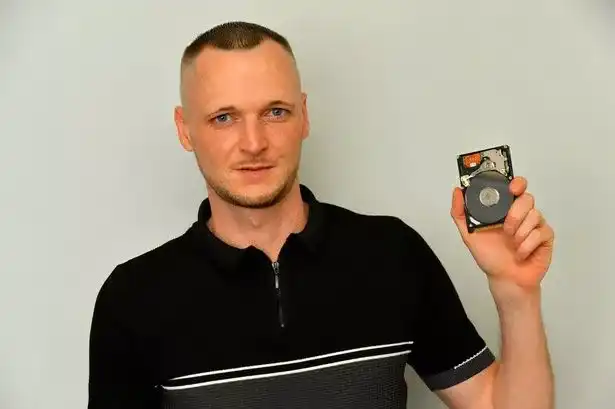
The same model of hard drive that James lost
The next day, Hafina woke up early. She didn't know exactly what was in those three or four bags, but she followed James's wishes before he fell asleep and took the trash to the landfill. Around 9 AM, James woke up, groggily asked, "Did you take the bags to the landfill?" Hafina said yes, and James thought, "Oh fuck, she threw the trash away." But still feeling drowsy, he quickly fell back asleep.
Mining for 10 Weeks, Accumulating 8,000 BTC
The discarded hard drive was what James had been desperately searching for over the past twelve years, containing the 8,000 bitcoins he mined in his early years, now worth $1 billion.
It was 2009, and Bitcoin was still in its proof-of-concept stage, with only a few nodes online. James recalled, "I knew I was one of the few miners because when I connected to the network, it showed 'You are connected to x nodes' in the lower right corner."
Influenced by his mother working in a microchip factory, James started assembling computers at the age of 13, spending his days online, and worked various IT jobs as an adult, embodying a libertarian spirit. After the 2008 financial crisis, James also viewed fiat currency as a "scam," filled with skepticism towards those in power, which naturally made him very fond of Bitcoin's vision.
He first learned about Bitcoin on a forum. The Bitcoin system operates by connecting multiple computers to form a large and secure network, which immediately attracted him. It reminded him of two applications he liked: Napster (a rogue service for sharing music files) and SETI@home (a project that allows users to combine computing power to search for extraterrestrial life).
So James used his Dell XPS laptop to download free software and began mining Bitcoin, becoming an early adopter of the technology and thus acquiring bitcoins. Because of this, many believe that James had communicated with Bitcoin's creator, Satoshi Nakamoto, and that the hard drive might even contain Satoshi's IP address, which would be more valuable than the 8,000 BTC.
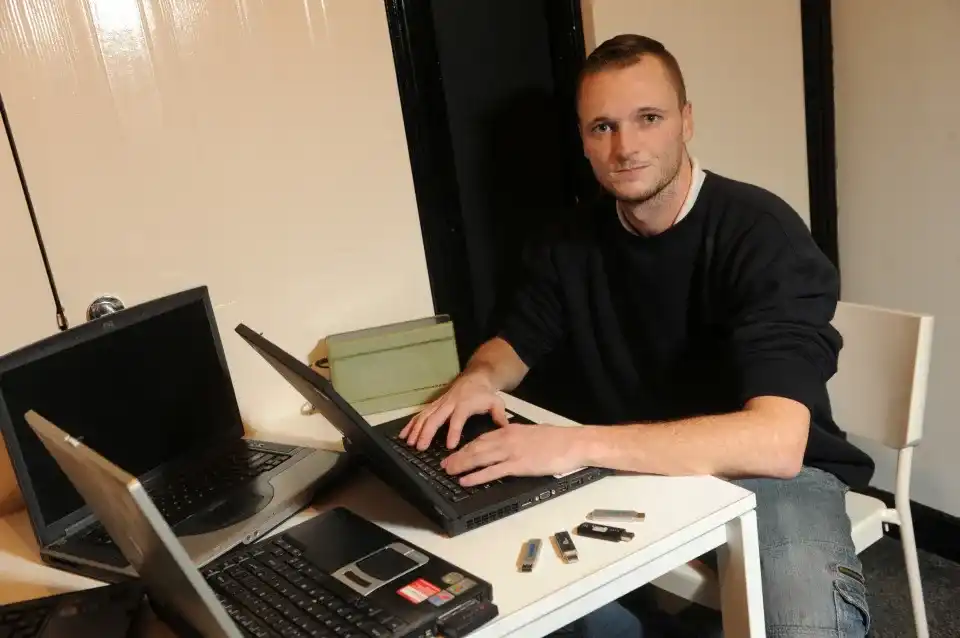
But for James, the core wealth remained those 8,000 bitcoins. To prevent malicious actors from taking advantage, he intentionally obscured the numbers he disclosed during his search: he initially said it was 4,000, then 7,500, and only in recent years admitted the true number was 8,000.
At the time, he kept his laptop in the bedroom, and the noise of the fan buzzing while the laptop was running made it difficult for his partner Hafina to sleep. Hafina felt restless and complained multiple times.
Although he had no intention of spending the bitcoins he mined, as they were not worth much at the time, and he had no reason to believe Bitcoin would be valuable in the future, James initially mined just for fun, "It was just an experiment." Therefore, he had no resistance and simply stopped mining. The 10 weeks of trying out this new cryptocurrency craze cost him about ten pounds in electricity to keep the computer running.
Not long after, James spilled a glass of lemonade on his laptop, and despite his efforts to clean it, it no longer functioned properly. He sold the parts, kept the hard drive, and transferred all the photos and music to an Apple computer. The only thing he couldn't replicate was the small file containing the Bitcoin password, as it was incompatible with Apple's operating system.
He tossed the hard drive into one of those "drawers that won't be opened for a long time" in most of our homes, and then forgot about it for the next three years, focusing on work and family life.
Then, on that summer night in 2013, while chatting with his partner and tidying up the room, James casually tossed the hard drive into a nearby black garbage bag, along with a bunch of cables and mice he deemed "useless." Hafina took it to the landfill, and at that time, the 8,000 BTC was worth about $1.4 million.
His Despair Was as Big as 15 Football Fields
The sun and waves of Cyprus did not ease James's anxiety. Friends noticed he always put his drink down before finishing it, his face gloomy.
"I'm feeling terrible, and I don't know why," he told those around him.
He stumbled upon a BBC report online: a 29-year-old Norwegian man used the money from selling 1,000 bitcoins to pay a down payment on a $400,000 apartment. The article stated that those bitcoins were worth about $170,000 at the time. James suddenly realized: he had mined 8,000, which was seven times more than that Norwegian. By the fall of 2013, the total value of those coins had exceeded $1.4 million, while his engineer salary was only a few tens of thousands of pounds, requiring him to wake up at 3 AM and travel long distances to maintain the town's emergency response systems.
His heart sank, and James hurried home, ran to the study, and opened the drawer: inside was only an empty hard drive, not the one containing the private keys and transaction records.
In a panic, he suddenly remembered that summer night months ago when he had personally thrown the hard drive containing 8,000 bitcoins into the garbage bag.
He thought about rushing to the landfill immediately but feared others wouldn't believe him: "Explaining Bitcoin to people is not easy." So for a month, he silently monitored the market alone, watching Bitcoin soar from a few dollars to hundreds, then thousands, and then tens of thousands of dollars—his lost assets evaporating more and more absurdly.
Finally, when the value of this Bitcoin soared from $1.4 million to around $6 million, James completely broke down and confessed everything to Hafina. Hafina was stunned but firmly encouraged him: "Go to the landfill and take a look; maybe there's still a chance."
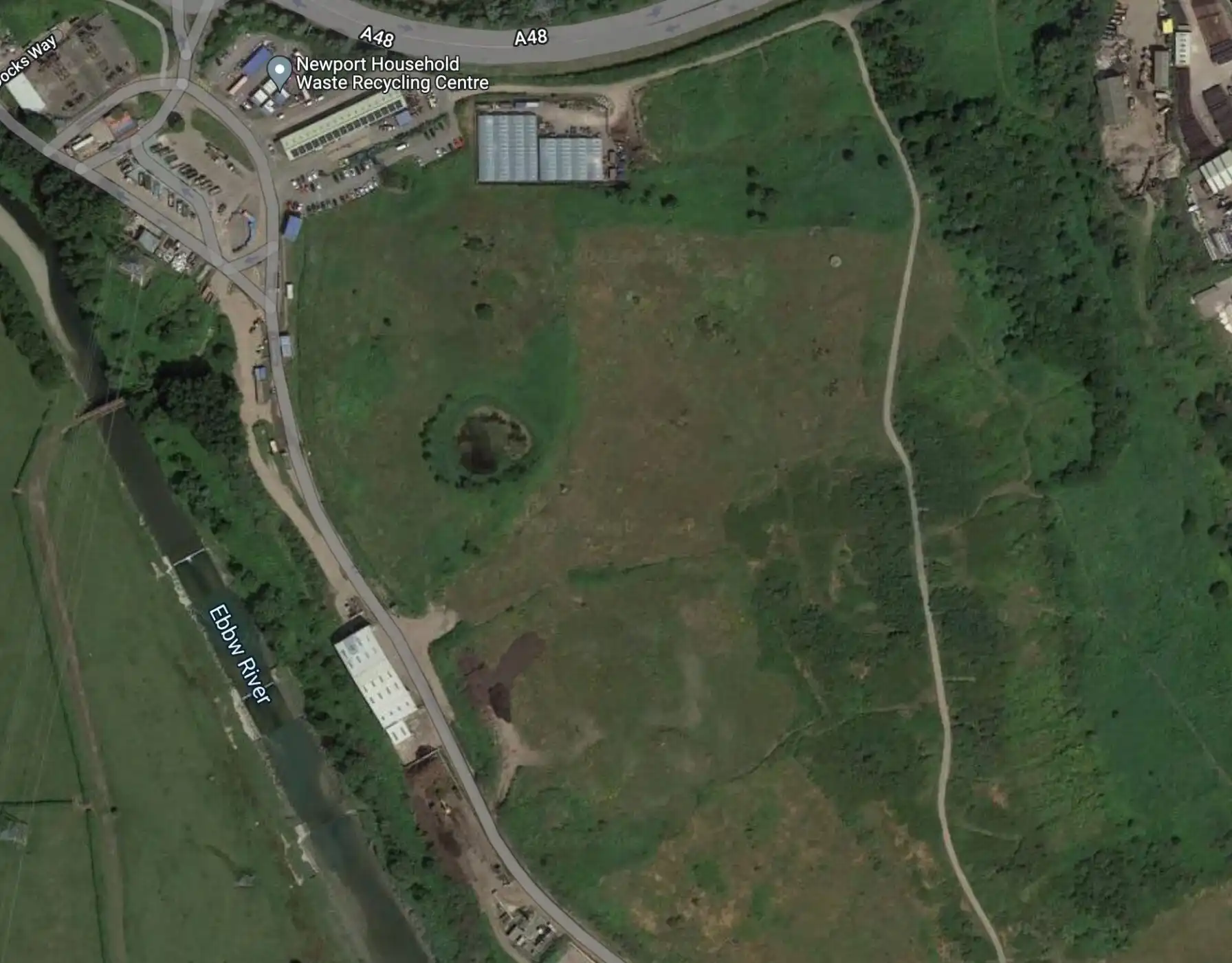
Aerial view of the landfill, image source Google Maps
So they went to the Newcastle landfill. He told the landfill manager, "I might have thrown a hard drive containing the Bitcoin private keys here, worth $6 million in garbage."
The manager was silent for a moment and then took them to a higher area, and James's heart sank.
He saw the entire landfill, with piles of dirt, garbage, and waste stacked into mountains, covering an area as large as fifteen football fields. The garbage from three to four months ago should be three to five feet deep.
An employee who had worked at the landfill said, "People often come looking for things they accidentally threw away, even within 24 hours. We always allow them to quickly check the landfill. When they see what's in front of them, their faces turn dark. No one has ever retrieved their belongings from this massive landfill; the chances are zero."
But James also learned some good news: the landfill was not just randomly piled up but had its own structure. The city divided the landfill into different areas: asbestos was stored in one area, regular household waste in another. "Once a hard drive is buried in a specific unit, locating it is not entirely impossible, but you need permission from the city government."
After returning home, James opened Google Maps and carefully measured the landfill's boundaries and zoning locations: "Space is limited; although the amount of garbage is large, it is stacked in an orderly manner, so I might be able to find it."
With hope and direction, he quickly called the city's waste management department, leaving a voicemail requesting a search permit, but no one ever responded. At that time, James, who was waiting for a callback, did not know that he would still be unable to obtain this permit 12 years later.
The Search Became the Main Theme of His Life
From that day on, the search for Bitcoin became the main theme of his life.
He first submitted a formal application to the Newport City Council, pleading for permission to search the landfill. However, the council's response was repeatedly delayed: some questioned the environmental risks, others worried about public safety, and some thought it was just a "pipe dream."
Initially, Newport officials stated that if they found the hard drive, they would certainly return it, but later they took a firmer stance. How could Howells be sure that the hard drive was really thrown into the landfill? They warned that, in any case, the hard drive was likely to be unusable: it could be destroyed on the way to a toxic burial site. Furthermore, the environmental risks of retrieving the hard drive were too great.
After studying the hard drive's structure, James countered: although the casing was metal, the internal platters were coated with corrosion-resistant cobalt, providing strong pressure and corrosion resistance; he also cited the 2003 recovery of data from the Columbia space shuttle's black box as a precedent and invited the Minneapolis-based Ontrack Data Recovery company to assess the situation. They optimistically estimated that as long as the platters were not shattered, 99% of the data could be recovered.
But all this technical analysis was mere talk in the eyes of municipal officials. In 2017, the city government formally rejected his request to excavate the hard drive again, citing a consultant's statement: "There seems to be no practical way to recover the hard drive." They even later took a firmer stance, stating that searching for the hard drive was illegal.

As the value of Bitcoin continued to rise, James's obsession with finding the hard drive deepened, and he even considered suing the city government, a common action in the U.S. but rare in the UK.
By early 2018, James had over $100 million worth of Bitcoin "buried" in the landfill, but the council still would not budge.
Frustrated, James had no choice but to hire a legal team and file for judicial review against the city council in the High Court, seeking the right to search the site. In court, he proposed donating 25% of the recovery profits from the hard drive (then about £200 million) to Newport's over 300,000 residents, averaging £175 per person; he also envisioned turning Newport into the UK's first "cryptocurrency hub," establishing blockchain education and crypto payment points.
"But who will bear the costs if the hard drive cannot be found or is damaged beyond recovery?" the city council countered.
In 2022, James's team upgraded their plan again, intending to introduce AI robotic arms to identify garbage, drones, and Boston Dynamics "robot dogs" for safety, and recruit dedicated environmental and data recovery experts, raising the overall budget to £10-11 million. At the same time, some venture capitalists expressed willingness to cover this budget, but the recovered Bitcoin would be split 50/50.
Recent news indicates that he plans to purchase the land where the landfill is located, speaking at the 2025 Bitcoin conference.
Lost Bitcoin Completely Changed His Life Trajectory
James's pursuit has continued, and he has paid a tremendous price for it.
Since the summer of 2013, when Bitcoin prices fluctuated between $50 and $266, he spent a full 11 years negotiating with the Newport City Council and the courts—conservatively estimating that his legal fees alone exceeded $100,000. Some sarcastically remarked, "He should have spent that money on Bitcoin instead of legal fees." Indeed, if he had invested those legal fees directly into the market back then, he would also be a billionaire today.
Using another calculation method, James once raised $5 million in an attempt to buy the entire landfill.
From an opportunity cost perspective, this investment seems even more absurd: if he had raised $5 million in 2013, the year he lost the hard drive, and instead of buying that landfill, he had purchased Bitcoin at an average price of $192, he could have acquired about 26,500 BTC; today, the market value of those 26,500 BTC has reached $2.78 billion, more than 3.5 times the initial loss. In the most extreme hypothetical scenario, if James had invested $100 every month since then, he would have accumulated 10 BTC after nine years, enough to cover his expenses for the rest of his life without exhausting his resources.
James also attempted to restart mining a few years ago, using a set of ten S9 processors—these powerful processors ran day and night for a year and a half. However, the economic environment for Bitcoin mining had changed too much, and he felt that mining was no longer worthwhile: the electricity costs exceeded the value of what he was mining. This venture was another failure for him.
Ultimately, he "messed up" three times in his pursuit of the hard drive: once by losing the hard drive, once by wasting the funds he raised on expensive lawsuits and plans, and once by deciding to give up on mining again.
But this was not the biggest failure; for James, the greatest distress caused by the loss of those 8,000 BTC was that it completely changed the trajectory of his life.
After the Separation, James and Hafina Never Spoke Again
In the first few years of searching for Bitcoin, James's partner Hafina was also deeply troubled.
Strangers, media reports, and friends constantly tagged her online, commenting on their family's experience of losing 8,000 bitcoins, especially since she was the one who threw away the garbage bag containing the hard drive.
"This isn't my fault," Hafina grew tired of explaining everything and was fed up with the story of their lost wealth: "He begged me to take out the trash; I was just doing what he asked." "I really hope he finds it because it would finally shut him up."
As a mother of two children, Hafina shared her conflicting feelings: "On one hand, I think the city government should allow him to excavate the landfill and try to find that wealth he dreams of; it would be good for his mental health. But on the other hand, I feel he should just let it go."
"It seems like he's blaming me, even though I know he doesn't really blame me. We don't even talk now."

Hafina, image source: internet
James later admitted this: "I try not to blame her in public and in my daily life, but I know I subconsciously do."
So they ended up getting divorced, with Hafina taking the two children and leaving the townhouse, leaving behind the children's pet dog, Ruby. The sheets on the children's bunk bed were wrinkled and smelled musty, the wallpaper was peeling, and the room was filled with dust.
Hafina stated that the reason for ending the relationship was not Bitcoin but other reasons. The loss of Bitcoin itself had never troubled Hafina: "It's not a physical thing. Money has never been that important to me." "No matter how much the Bitcoin he eventually recovers is worth, I have no right to claim any of it. Although he is the father of my two sons, I don't want a penny."
Afterward, James's life rhythm was completely thrown off. He lost his motivation to work, and for a time, he was unwilling to check Bitcoin prices and deliberately avoided the road to the landfill. He admitted, "Every day sitting in front of the console, I couldn't concentrate. The memories of the wasted money weighed me down."
More than a decade later, his children are now busy with other things and rarely visit him. After Hafina, he also tried other intimate relationships, but the trauma still lingered in his heart.
James occasionally imagines a parallel version of himself living a different life: for example, he is still with Hafina, married, and taking care of the family, just as he originally intended. In the year they got together, James was 20, and Hafina was 22; they should have had a happy life. And if he hadn't lost those bitcoins, perhaps they would still be living on a yacht.
Selling This Story for Ten Years
As a result of this incident, James became suspicious and extreme in character; he intentionally obscured the number of bitcoins when publicly disclosing figures: he initially said it was 4,000, then 7,500, and only in recent years admitted the true number was 8,000 to confuse potential "thieves."
When media or other partners requested to verify more details with him, he refused, fearing that the information would leak to competitors of the current excavation team, attracting "grave robbers."
People who have interacted with James often feel that he is evasive and defensive. Once, a friend asked him what he thought about the still-in-development COVID-19 vaccine. He replied, "One thing I've learned from the IT world is… never try the first version." When the GameStop stock was short-squeezed in 2021, James said it was a completely manipulated game.
Moreover, many voices suggest that James has oversold his story.
The Los Angeles production company LEBUL has been authorized to bring his life to the screen in a film titled "Buried Bitcoin: James's True Treasure Hunt," expected to be released at the end of 2025. His story will feature a lot of CGI effects to present "high-tech treasure hunting" scenes.
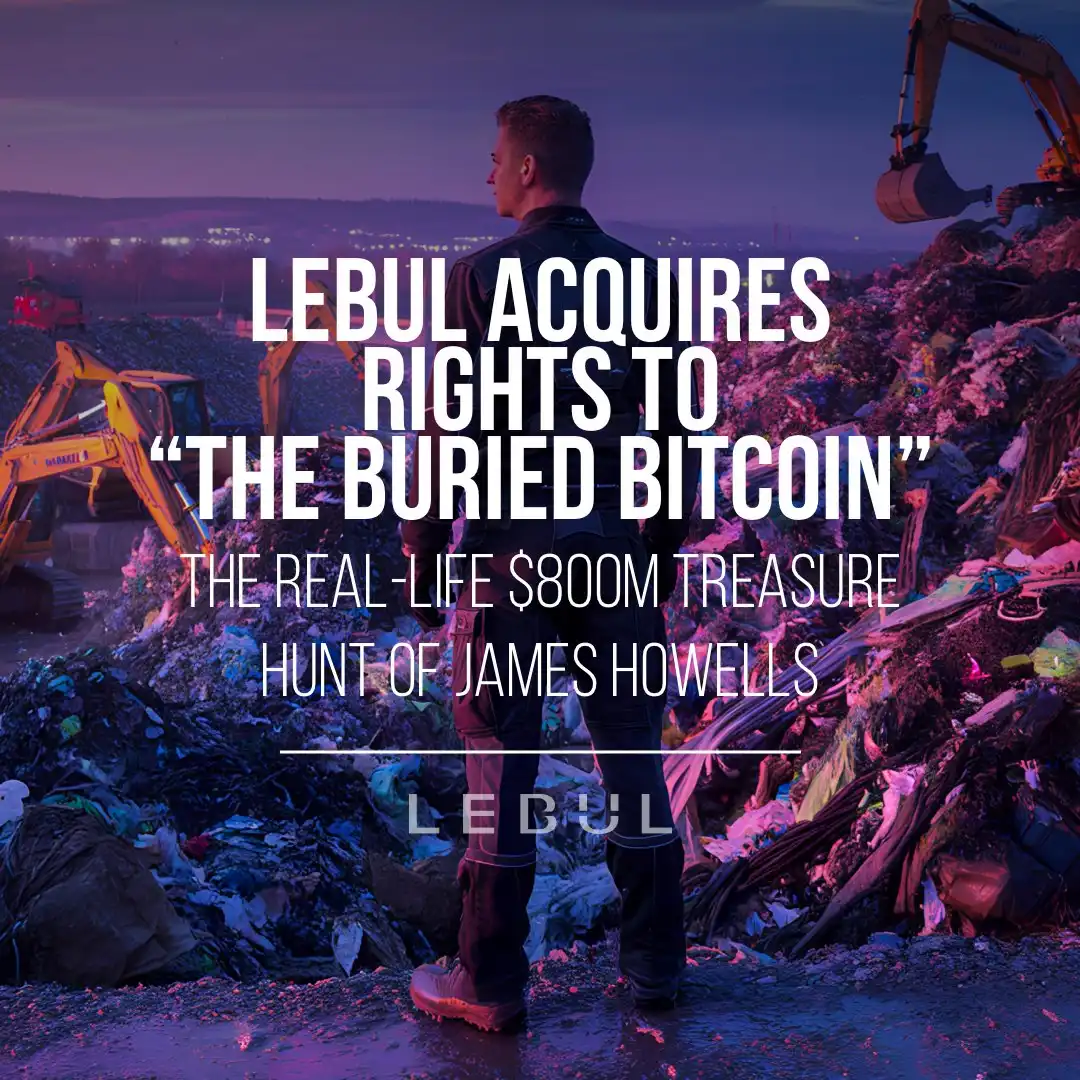
"This is the tenth time he has sold his story and appeared in the newspapers," one netizen commented. For him, media exposure serves both as self-comfort and as the last means of maintaining hope. Each time during the documentary's pre-production phase, he would "suddenly" announce new developments: claiming he was close to pinpointing the hard drive's location or that he had launched a new AI robotic arm sorting plan. To keep onlookers engaged, he might even raise the next round of "search funding."
Recently, James proposed a radical idea: he plans to issue a token called Ceiniog Coin (INI), with a total supply of 800 billion coins, aiming for a launch by the end of the year. Each INI will embed OP_RETURN data from the Bitcoin network, integrated with protocols like Stacks, Runes, and Ordinals, anchoring the "1 Satoshi" value from the lost 8,000 BTC. He claims that holders can expect to share in any future dividends from recovering or assetizing the hard drive.
All of this sounds both imaginative and absurd.
Due to the dramatic nature of the story, many suspect it is a fabricated lie from start to finish. After all, in the UK, you can sell any small story to a tabloid for £250 per piece, let alone such a dramatic story that can be told for ten years. However, I do not share this view, as I see many details in this story; it is well known that lies generally do not contain so many details.
James's favorite movies in the past were "Fight Club" and "The Matrix"—for a person passionate about a technological utopia, these two films encapsulated his worldview.
Now, he more often mentions "Final Destination": in the film, even a loose screw or a faulty pool drain can trigger a catastrophic chain reaction. He says this is a reflection of himself—an apparently insignificant hard drive that shook his entire world.
On that summer night in 2013, when James Howells lost the hard drive, his life has been trapped in that day ever since.
免责声明:本文章仅代表作者个人观点,不代表本平台的立场和观点。本文章仅供信息分享,不构成对任何人的任何投资建议。用户与作者之间的任何争议,与本平台无关。如网页中刊载的文章或图片涉及侵权,请提供相关的权利证明和身份证明发送邮件到support@aicoin.com,本平台相关工作人员将会进行核查。


